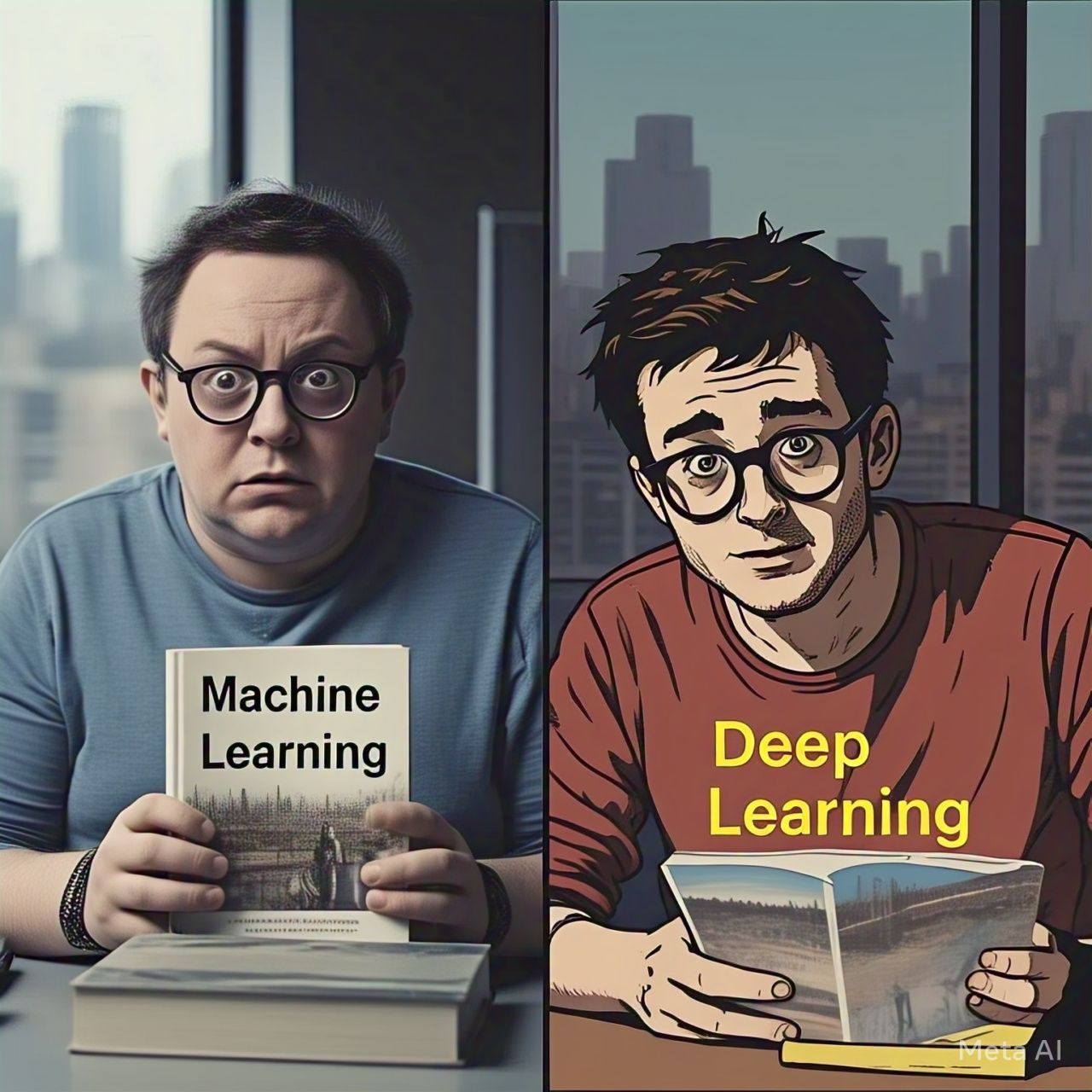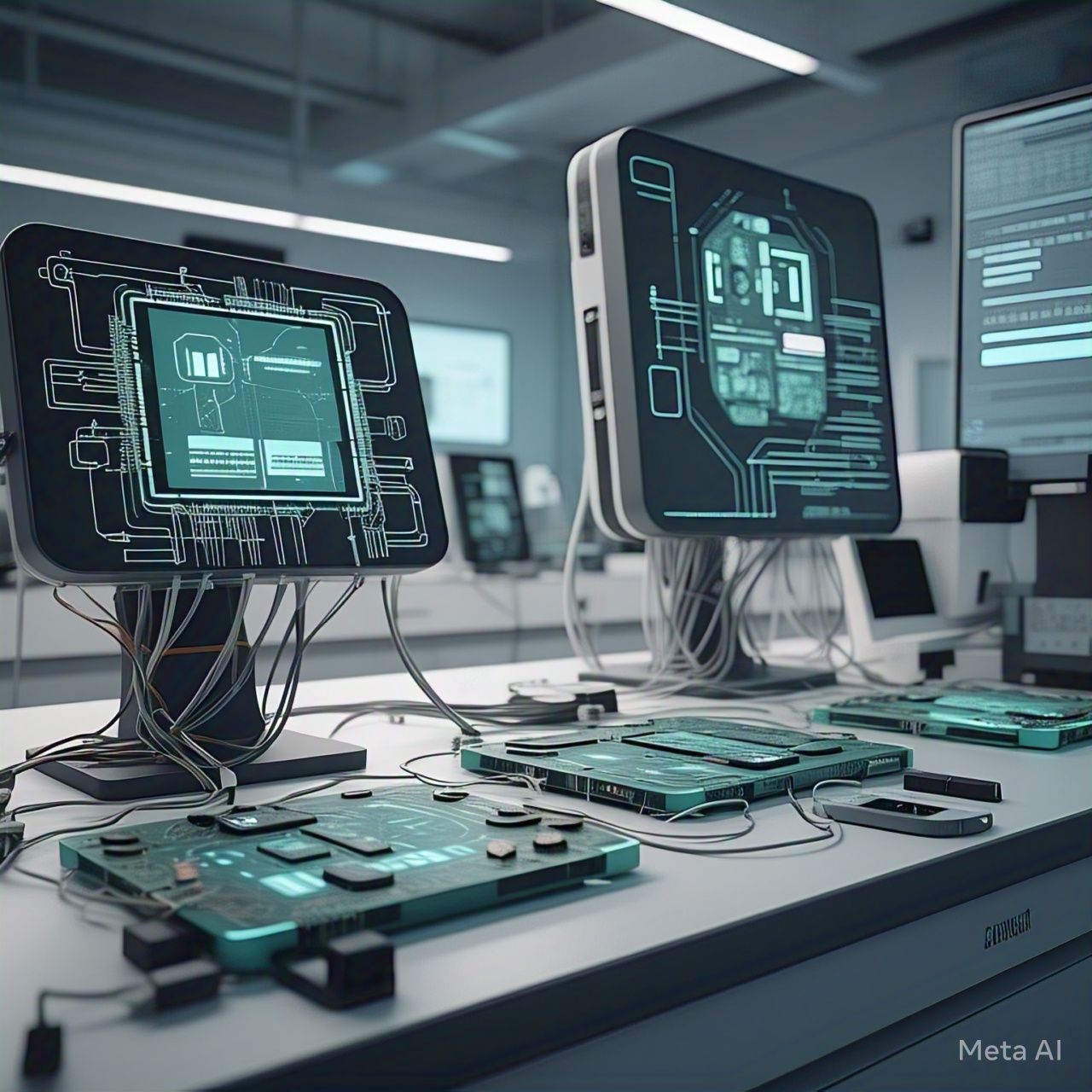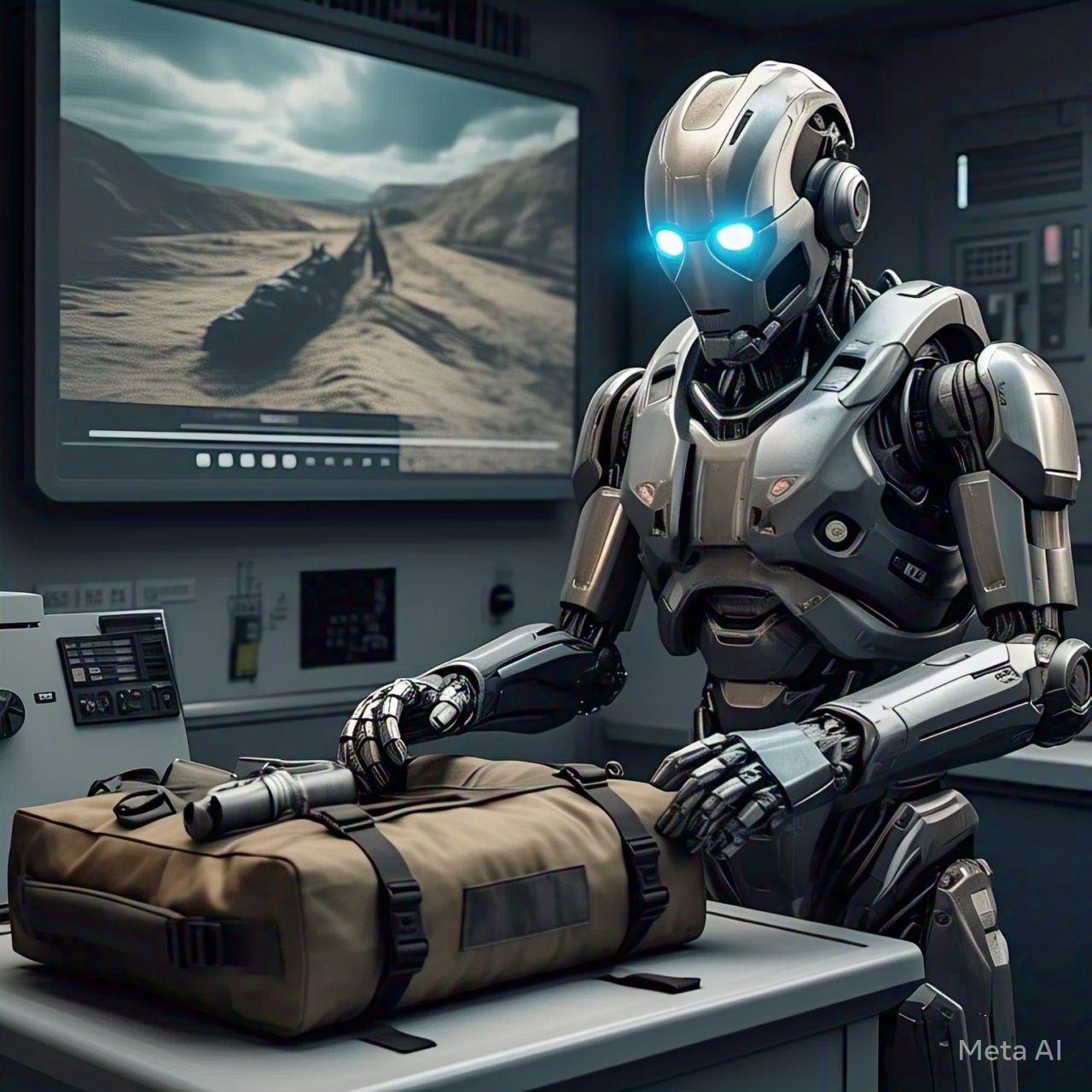Artificial Intelligence (AI) is revolutionizing industries, with Machine Learning (ML) and Deep Learning (DL) leading the charge. While both technologies are subsets of AI, they differ in their approaches, capabilities, and applications. Understanding these differences can help businesses and individuals leverage AI more effectively.
What is Machine Learning?
Machine Learning is a branch of AI that enables systems to learn from data and improve performance without explicit programming. ML models identify patterns in datasets and make predictions based on historical data.
Key Features of Machine Learning:
- Supervised Learning: The model learns from labeled data, improving accuracy over time.
- Unsupervised Learning: The model discovers patterns and relationships within unlabeled data.
- Reinforcement Learning: The model learns through trial and error, optimizing decision-making.
- Feature Engineering: Requires human intervention to select relevant features for training.
What is Deep Learning?
Deep Learning is a specialized form of ML that uses artificial neural networks to mimic human brain functions. It is particularly effective in processing complex and unstructured data, such as images, audio, and text.
Key Features of Deep Learning:
- Artificial Neural Networks (ANNs): Multi-layered networks that automatically learn features from data.
- Minimal Human Intervention: No need for manual feature selection; the model learns representations independently.
- High Computational Power: Requires advanced hardware, such as GPUs, for training large datasets.
- Self-Improving Models: The more data the network is exposed to, the more accurate it becomes.
Key Differences Between Machine Learning and Deep Learning
| Feature | Machine Learning | Deep Learning |
|---|---|---|
| Data Requirement | Works with smaller datasets | Requires large datasets |
| Feature Engineering | Requires human input | Learns features automatically |
| Computational Power | Works on standard CPUs | Needs high-performance GPUs |
| Complexity | Simpler models, faster training | More complex models, longer training times |
| Interpretability | Easier to interpret results | Often seen as a “black box” |
Applications of Machine Learning vs. Deep Learning
Machine Learning Applications:
- Fraud detection in banking
- Email spam filtering
- Personalized marketing recommendations
- Predictive maintenance in manufacturing
Deep Learning Applications:
- Self-driving cars (computer vision)
- Speech recognition (e.g., Siri, Alexa)
- Medical image analysis (detecting diseases from scans)
- Natural Language Processing (NLP) for chatbots and translation
Which One Should You Use?
Choosing between ML and DL depends on your needs:
- Use Machine Learning when working with structured data, requiring interpretable models, and having limited computational resources.
- Use Deep Learning when dealing with large-scale unstructured data, such as images or speech, and when high accuracy is crucial.
Conclusion
Both Machine Learning and Deep Learning are powerful AI technologies, but they serve different purposes. While ML is more suited for structured data and general tasks, DL excels in complex problem-solving, especially with vast amounts of data. Understanding their differences helps businesses and developers make informed decisions on AI implementation.




